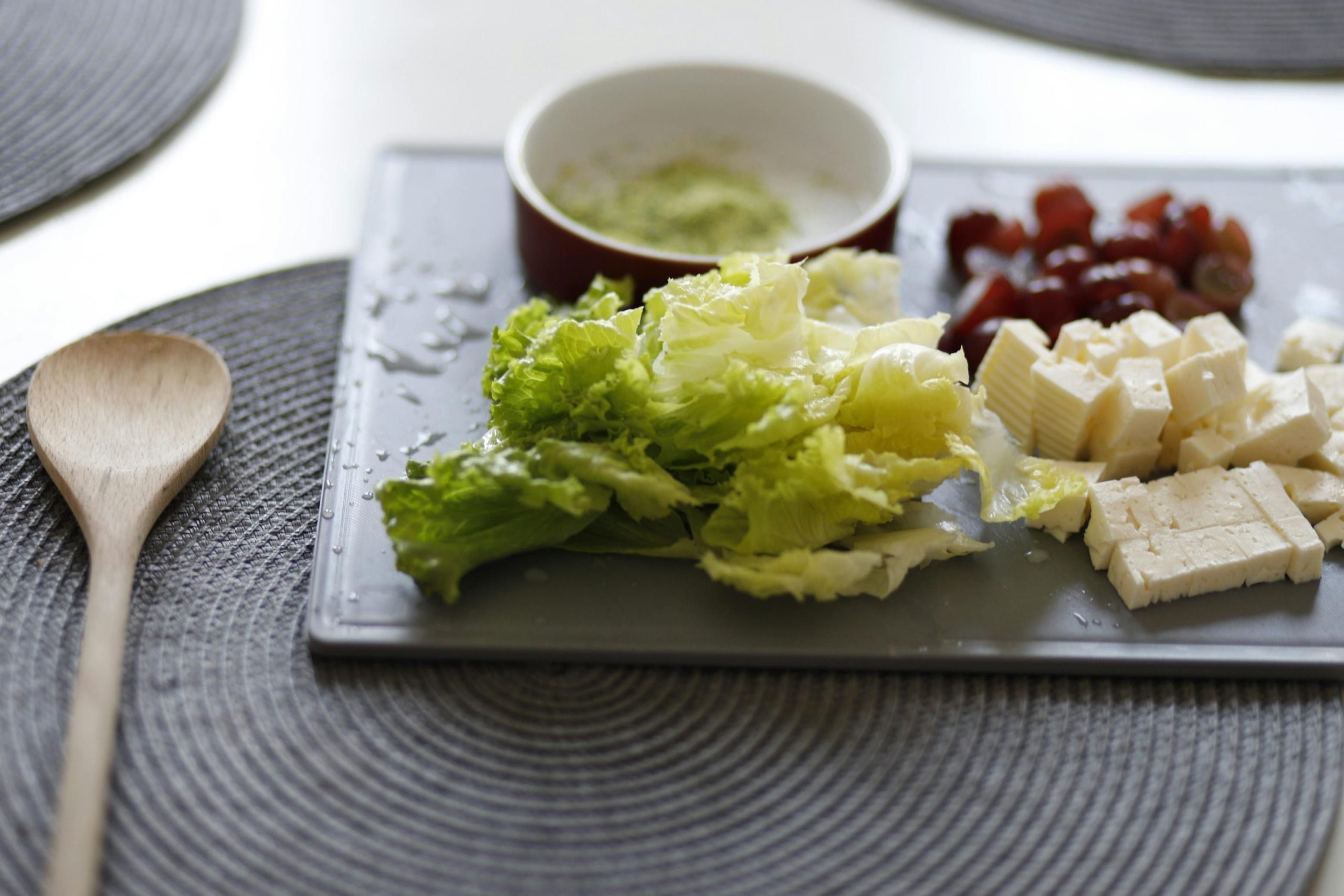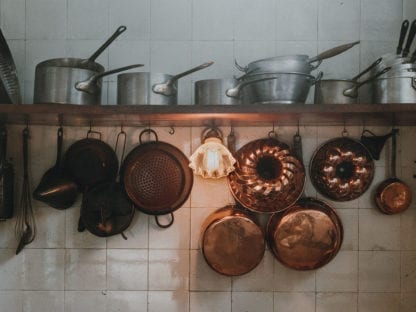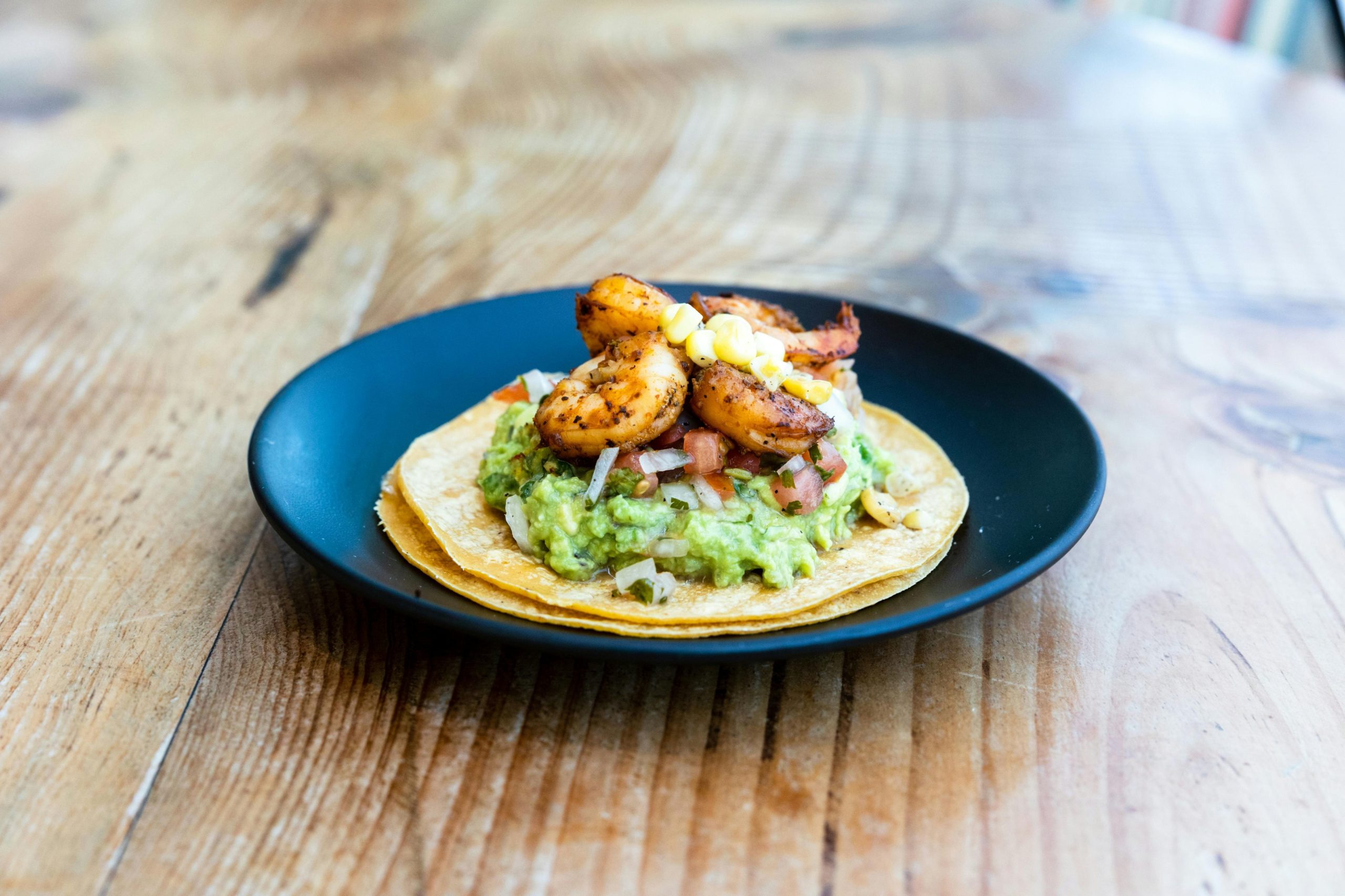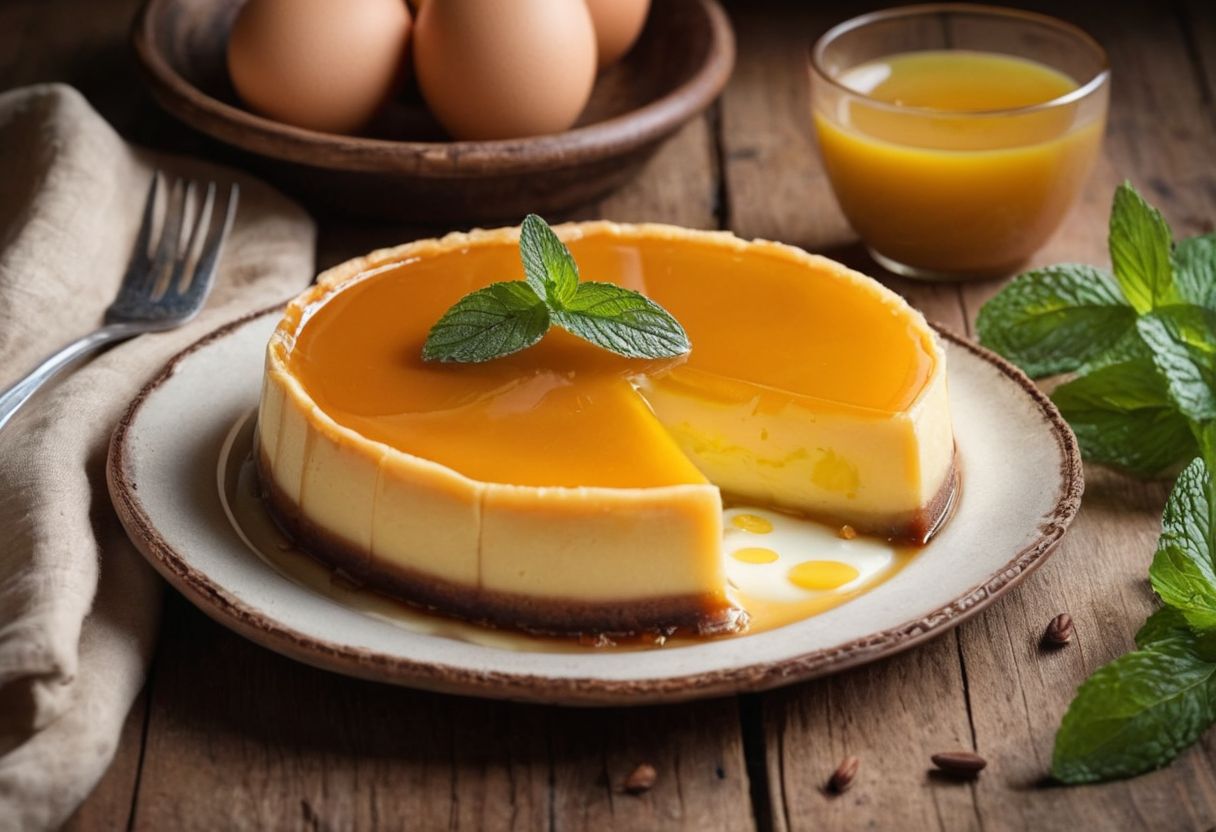Have you ever wondered what makes flan the creamy, caramel-topped delight adored worldwide?
Finding the right balance of ingredients and technique can be tricky, leaving many dessert enthusiasts struggling to perfect this classic dish.
Flan is a custard dessert with a clear caramel sauce, traditionally made from eggs, milk, and sugar, all cooked together in a water bath.
In this comprehensive guide, we’ll dive into the essentials of making flan, from understanding its key ingredients and preparation equipment to exploring delicious variations and nutritional insights.
What is Flan? Unveiling the Classic Dessert

Flan, a dessert cherished across the globe, has a history as rich as its flavor. Originating from ancient Rome, where it was initially a savory dish, flan has evolved into a sweet custard known for its velvety texture and caramel topping. This transformation occurred during the Middle Ages in Europe, where it began to take on its current sweet form, incorporating caramelized sugar and achieving its distinctive creamy consistency.
Today, flan is celebrated not just for its delightful taste but also for its cultural significance in various countries, especially in Latin America. Each region has its own twist on the classic recipe, adding ingredients like coconut in Puerto Rico or orange in Mexico. This versatility and the simple joy it brings to the table are why flan remains a beloved dessert worldwide, making it a staple at many festive occasions and family gatherings.
Essential Ingredients for Making Flan

The journey to crafting the perfect flan begins with gathering the right ingredients. Essential to any traditional flan are large eggs, sugar, and milk—typically a combination of evaporated milk and sweetened condensed milk. These core components work harmoniously to create the custard’s signature smooth texture. For those looking to enhance the flavor, vanilla extract or even a hint of citrus zest can be magnificent additions, infusing the dessert with aromatic depth.
Achieving the perfect consistency and flavor of flan relies not just on the quality of ingredients but also on their proportions. The eggs, particularly the egg yolks, are crucial for setting the custard, while the sugar not only sweetens the mix but also caramelizes to form the deliciously rich topping that flan is famous for. The milks, both evaporated and sweetened condensed, lend a creamy, rich texture that balances the robust sweetness. Remember, the key to a great flan is in the details of these ingredients.
Crafting the Perfect Caramel for Flan

Crafting the perfect caramel for flan requires careful attention to detail. Begin by gently heating sugar in a medium saucepan over medium heat until it melts and starts to brown. Avoid stirring, as this can cause the sugar to crystallize. Instead, swirl the pan to ensure even caramelization. Once the sugar reaches a golden amber color, remove it from the heat immediately. This prevents the caramel from burning, which can introduce a bitter flavor. Pour this liquid gold into your baking dish before adding the custard mixture to create that iconic flan base.
Must-Have Equipment for Flan Preparation
The right equipment is essential for flan preparation to ensure everything goes smoothly from start to finish. Key items include a blender or whisk for mixing the custard ingredients to a smooth consistency, and ramekins or a round cake pan for baking. Additionally, a roasting pan or large baking dish is necessary for the water bath, which helps cook the flan evenly and prevent curdling. Having these tools on hand will make the process of creating flan more efficient and enjoyable.
Step-by-Step Guide to Making Flan
Making flan begins with the caramel preparation. In a medium saucepan, mix sugar with a little water and heat it over medium-high until the sugar dissolves and begins to brown. It’s crucial not to stir the mixture but rather swirl the saucepan to ensure even caramelization. Once it reaches a golden amber color, pour it into your chosen baking dish, quickly spreading it to cover the bottom.
Next, prepare the custard base. In a large bowl, whisk together eggs, evaporated milk, sweetened condensed milk, and a splash of vanilla. For a smoother texture, strain this mixture to remove any egg fragments or bubbles. This step ensures your flan is creamy and smooth. Pour the strained mixture over the hardened caramel in the baking dish.
The final step involves baking the flan in a water bath. Place your filled baking dish in a larger baking tray and carefully pour hot water around it, about halfway up the sides of the dish. Bake in a preheated oven until the custard is just set but still slightly jiggly in the center. Remember, the flan will continue to set as it cools.
Pro Tips for Flawless Flan Every Time

For flawless flan, controlling the cooking temperature and time is key. It’s better to slightly undercook the flan, as it will continue to cook from residual heat once removed from the oven. Ensure the water bath is not boiling but rather hot from the tap to prevent the edges from overcooking before the center has set. This gentle cooking environment helps maintain a silky texture.
Another pro tip is to avoid over-agitating the custard mixture when mixing. Use gentle motions to combine the ingredients and always strain the mixture to remove air bubbles and impurities. These steps are crucial in achieving that classic smooth, creamy custard texture. Check the flan’s doneness by inserting a knife or toothpick near the center—if it comes out clean, your flan is ready to be cooled and then refrigerated until set.
Delicious Variations of Traditional Flan

Flan’s versatility allows for a myriad of delicious variations, each adding a unique twist to the traditional recipe. For instance, Coconut Flan incorporates coconut milk for a tropical flair, while Cheese Flan, also known as Flan de Queso, blends cream cheese into the custard, offering a richer texture. These adaptations not only diversify the flavor profile but also cater to different palates and occasions.
Exploring vegan options, traditional ingredients like eggs and milk are substituted with plant-based alternatives to create Vegan Flan. This version might include ingredients like coconut milk and almond milk, thickened with agar-agar instead of eggs. Despite these substitutions, the essential creamy texture and caramel flavor are meticulously preserved, proving that flan can be enjoyed in numerous forms without sacrificing its classic charm.
Nutritional Insights: Understanding the Benefits of Flan
Flan is not only a delightful dessert but also carries some nutritional benefits, thanks to its primary ingredients, eggs and milk. Eggs are a fantastic source of high-quality protein and essential nutrients like vitamins D and B12, while milk contributes calcium and vitamin D, crucial for bone health. A typical serving of flan has about 190 calories, making it a moderate choice for those monitoring their calorie intake. The dessert’s nutritional profile supports muscle maintenance and bone health, making it a beneficial treat when enjoyed in moderation.
Incorporating flan into a balanced diet can be quite advantageous, especially if mindful of portion sizes and the sugar content. Here are some key points on how flan can fit into a healthy eating plan:
- Moderation is key: Due to its sugar content, flan should be consumed in moderation.
- Rich in essential nutrients: Provides protein, calcium, and vitamins necessary for overall health.
- A better alternative: When compared to many overly processed desserts, flan can be a healthier option due to its simple and usually natural ingredients. Enjoying a slice of flan can satisfy sweet cravings while contributing to your daily nutritional needs.
Discover More with Indulge’s Culinary Tours
Exploring culinary delights through INDULGE‘s food tours offers a unique opportunity to dive deeper into the world of desserts like flan and beyond. These tours not only provide a hands-on experience with local and international cuisines but also allow participants to learn directly from experts. Imagine walking through Zurich’s historic streets while tasting different versions of flan, each telling its own story of cultural adaptation and culinary finesse.
By joining an INDULGE culinary tour, you gain access to exclusive insights into the preparation of traditional and innovative desserts. Here’s what sets these tours apart:
- Expert guidance: Learn from local chefs and sommeliers.
- Cultural immersion: Experience how flan and other dishes fit into Swiss and global culinary landscapes.
- Unique flavors: Discover and compare the subtle nuances between traditional flan and its regional variations. This experience promises not just a taste but an education in the art of dessert making.
Frequently Asked Questions
What is a flan made of?
Flan is made from large eggs, sugar, and milk, which typically includes a combination of evaporated milk and sweetened condensed milk. These ingredients are essential in creating the custard’s smooth texture. Additionally, vanilla extract or citrus zest can be added for enhanced flavor.








